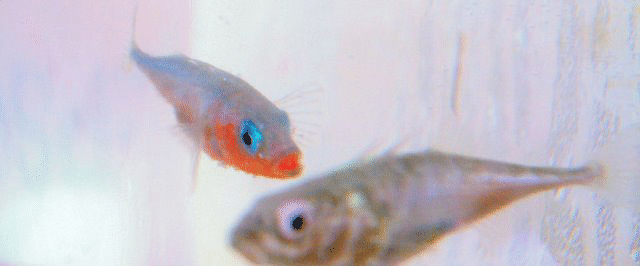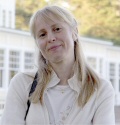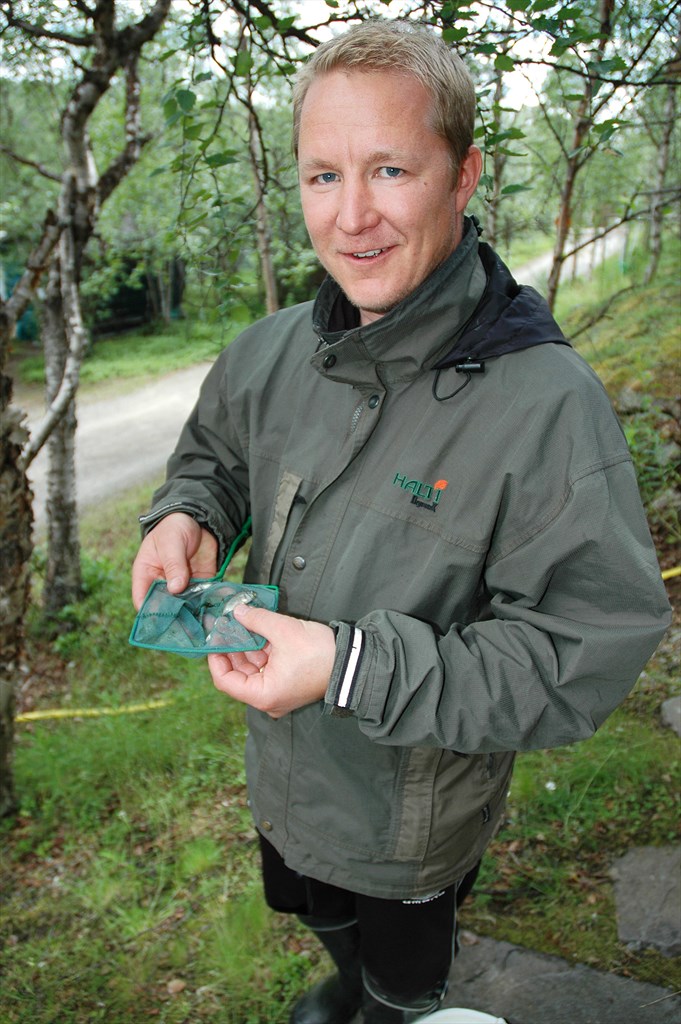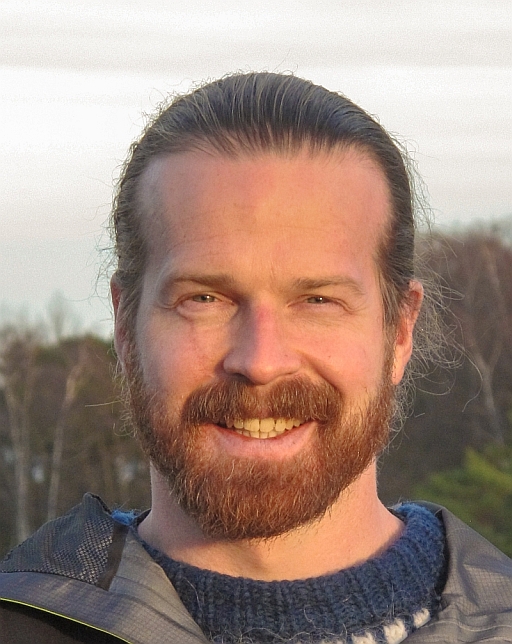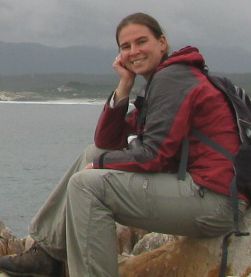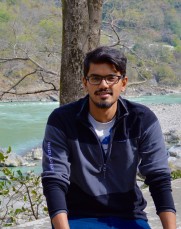Science Sponsor - Tiedekummi
What’s happening to the Baltic Sea – past, current and future changes
I investigate how humans are altering the Baltic Sea ecosystem through eutrophication, release of pharmaceuticals, and the introduction of invasive species. I study effects on individual species, such as their reproduction, as well as on species interactions, such as competition and predator-prey relationships. Overall, the projects give us information on how the community of organisms change when we humans disturb the system, and the consequnces the changes have for the structure and function of the ecosystem. I supervise several students and post-docs at the University of Helsinki, and collaborate with both national and international researchers in my attempt to unravel the effects of human activities on the Baltic Sea ecosystem. In addition, I serve as a lecturer at the university and teach young students within the fields of ecology and evolutionary biology.
|
|
Tuomas Leinonen, post-doc Baltic Sea sediments reveal changes in the zooplankton community during the last centuries
I study the sediments of the Baltic Sea to determine how the community of zooplankton has changed in response to changes of the Baltic Sea during the last century. Subfossils of zooplankton are deposited in the sediments, which can be used to determine the species composition of past zooplankton communities. In addition, some species leave resting eggs that can survive for centuries in the sediments. These can be hatched in the laboratory to determine the characteristics of past populations. I study both phenotypic and genetic changes of zooplankton, focussing on water-fleas, and related the changes I find to known changes of the Baltic Sea, such as eutrophication and introduction of invasive species. |
Matias Scheinin, post-doc Influence of eutrophication and global warming on shallow coastal bays of the Baltic Sea My research deals with shallow coastal bays in the northern Baltic Sea. They are, on a global scale, novel and unique model environments for evolutionary and ecological research. They are also highly important for the future of the Baltic Sea. Its state depends largely on how the coastal zone is functioning. Since phyto- and zooplankton form the foundations for the functioning of aquatic systems, my work leans towards these microscopic algae and animals. Both basic and applied aspects have central roles in my research. Although the emphasis is on theory development, I try to make the outcomes directly applicable for sustainable management of the model environments. The theoretical work deals with natural selection within and among species in response to environmental change, particularly to eutrophication and global warming. These changes take place in complex ecosystems, in parallel with each other - and when it comes to plankton - on evolutionary timescales. Therefore, it is crucial to understand how changes in the non-living environment, organism communities and individual species are coupled to each other. Accordingly, I try to unravel how species evolve and interact with each other as their community changes in response to multiple environmental stressors. By the same token, I try to reveal how the outcomes of evolutionary adaptation and altered interactions influence the surrounding community and its environment. The applied work consists of communicating the scientific knowledge to policy makers, environmental managers and the general public. By providing a sound, scientific basis for decision-making and by raising public awareness, I hope the work can contribute to improving the state of the Baltic Sea, at both local and regional scales. |
Hanna Granroth-Wilding, Post doc
|
Pankaj Pant, PhD student Impact of human drugs on fishes of the Baltic Sea I investigate how pollution with pharmaceuticals influence the reproduction of small fishes of the Baltic Sea. I use the threespine sticklebacks - an abundant fish along the shores of the Baltic Sea – as the model species. I’m concentrating on the effects of an antidepressant (Fluoxetine) and a hormone, oestrogen (EE2, common in contraceptives), and their interaction on reproductive behaviour of Baltic Sea fishes. The research if of importance in determining the effects that pollution with pharmaceutical can have for the reproductive success of fishes and the development of the populations. |
|
